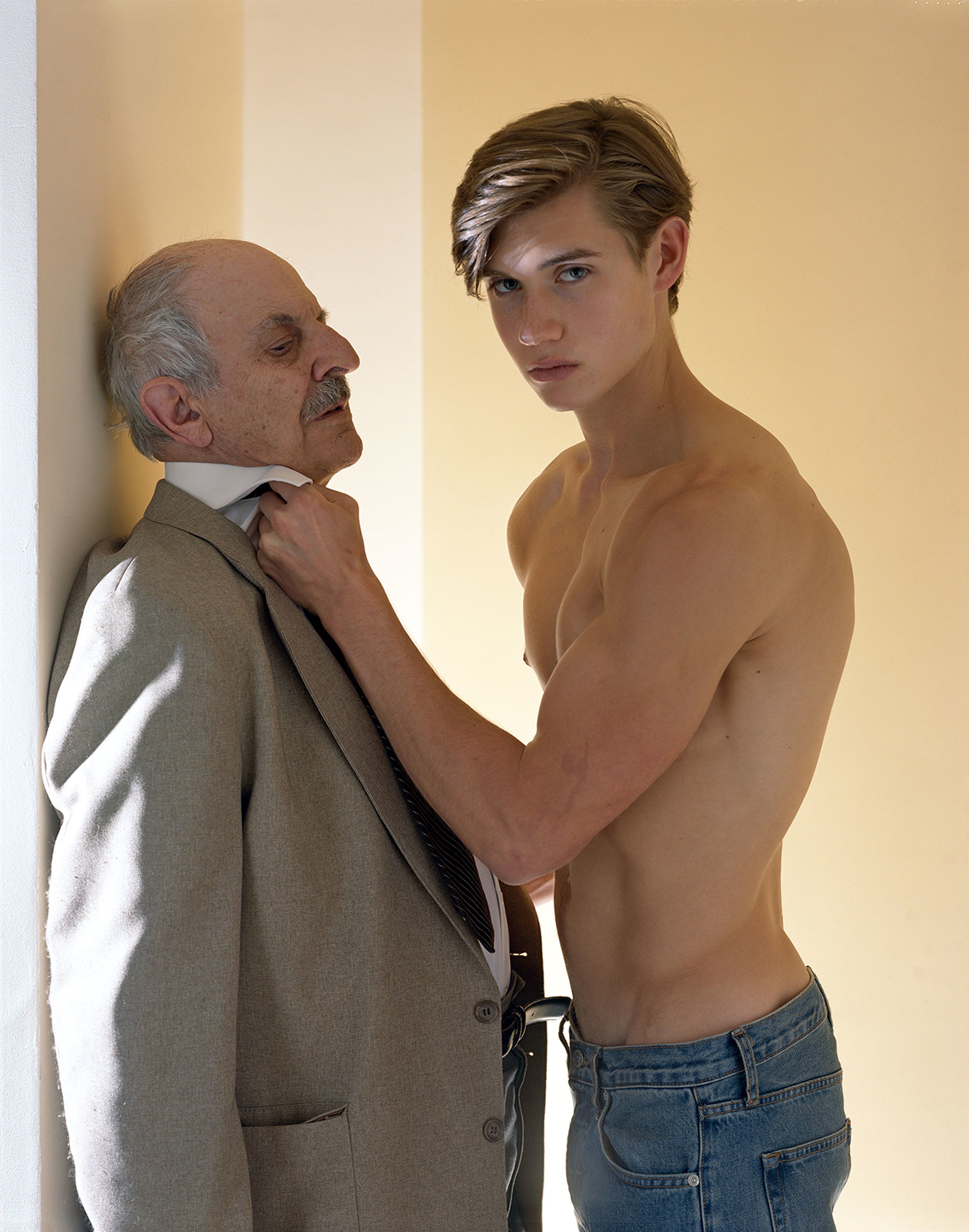
I don’t remember where I saw his work for the first time. If it was on the screen of my phone or my laptop; at a gallery, or inside a book. Neither do I remember the day. It could have been years ago, or just a couple of weeks.
That’s the thing with LA-based photographer Torbjørn Rødland, though. The moment you come face-to-face with his work, it’s unlike anything you’ve ever seen, yet it possesses that bizarre nature of making you feel equally at home. Somewhere, you’ve experienced these images and their suspended moments. They could’ve been real, or taken place in dreams.
I’m pretty sure it was Midlife Dilemma (2015) that first made it into my consciousness. The muscular, naked torso of a teenage boy, next to an old man in a suit whose gray shades accentuate the distance of time between two bodies that have decades written in-between them. It’s not that the teenager holds the man’s collar—an act that is violent in itself; yet here the strong, seemingly-eternal young hand emanates a certain softness that’s overwhelmingly empty and real. Rødland shows us how we enter this world and how it’s impossible not to feel anxious because of time.
Though Rødland’s mind is tangible enough to be humanized by strangers like me, he remains situated within a transparently-separated universe. He doesn’t care for making grand statements that summarize people or their days. Instead, he wants—rather, _needs_—to understand the mind that is able to embody both the very terrible and the very wonderful. Rødland uses art to figure out who he is and who he might be. An everlasting process that, in the beginning, probably often promises fear and shame and change, all the while growing into something much larger than human emotion. Though I’m not sure freedom can actually be part of our material existence, I think I might have encountered a fraction of it right here, inside his lack of societal self-preservation — a raw translation of his relentless awareness of having been alive all this while. I don’t know, his world just makes sense to me.
Collecteurs Originals: Available Now on CollecteursX
Lara Konrad: People like to mention that your images reveal subtle, disturbing elements. For instance, Arms (2008), in which tentacles are curled around a human hand. Are you personally ever disturbed by these elements?
Torbjørn Rødland: I’m drawn to them, and then immediately I’m curious about why. In other words, they’re not disturbing to me but they are active: Something is going on with them. It’s harder and harder to bother bringing or even setting up the old view camera, and so I better have something to work with that makes it worthwhile!
Most of the time, my end result is both softer and subtler than my initial observation, sketch or vague idea. Arms (2008) is actually a good example if you choose to see it as a detail and a meditation on Hokusai’s “The Dream of the Fisherman’s Wife.”
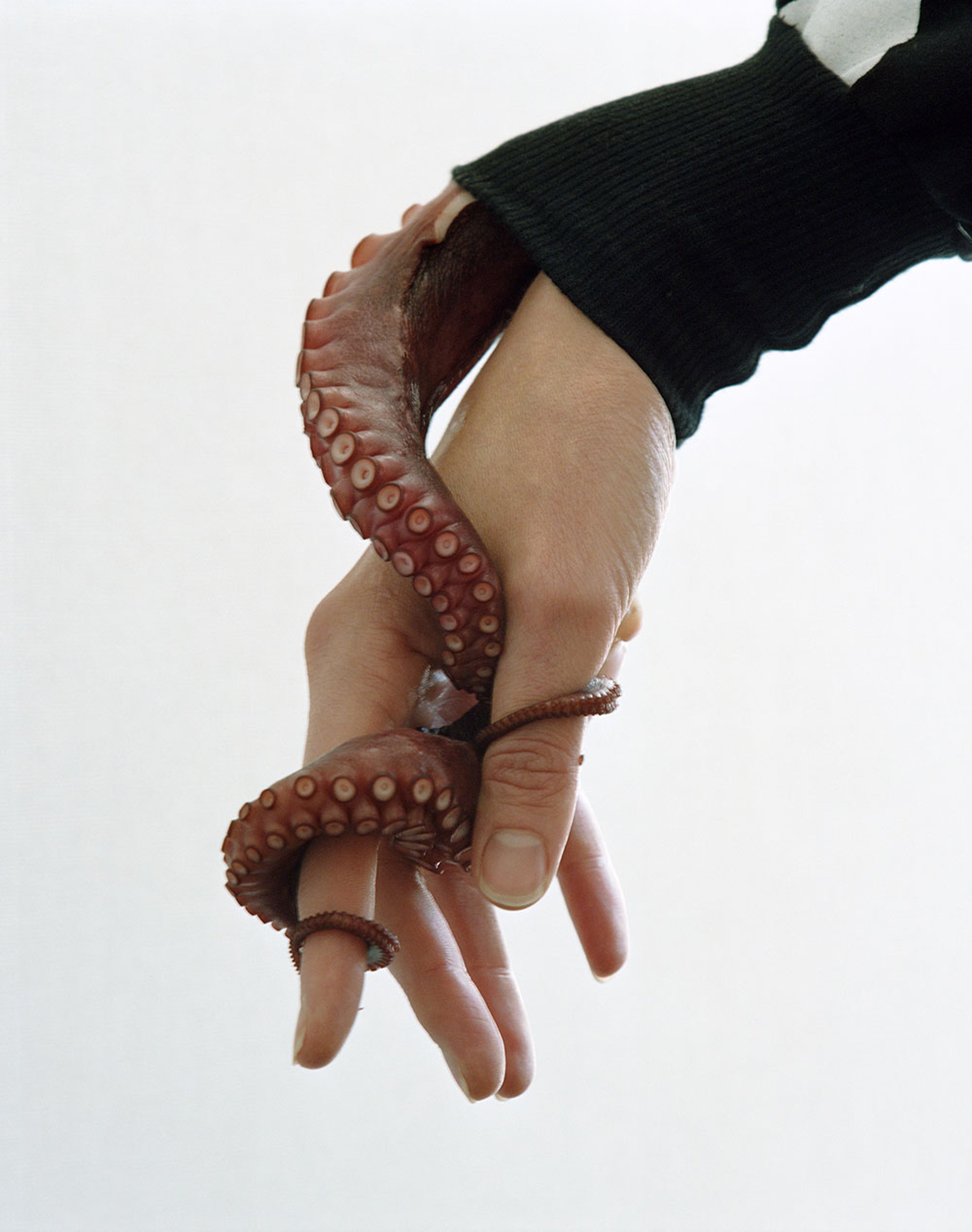
Torbjørn Rødland / Arms, 2008. Courtesy of Nils Stærk & STANDARD (OSLO)
LK: You capture your models in very specific positions/situations. For instance, the young man strangling the older man in Midlife Dilemma. Are these situations ever self-referential?
TR: I want a photograph to work on multiple levels and one of them is definitely self-referential. But I don’t believe I can think my way through the material. Making the picture helps me figure out what I’m drawn to, and often also why. It’s a way to get to know both myself and my cultures or—if you prefer—traditions.
LK: A pretty vulnerable state to put oneself in, embracing introspection this frequently and openly. May I ask, what’s been one of the most baffling epiphanies you’ve had while in the process of creating a picture?
TR: It typically happens after, when I gather and look at what I’ve done. I made White Head and White Lather as individual pictures early in 2000, but when I put them next to each other it was obvious that they both depicted young women with silly, materialized halos. Fascinated by the parallel, I made three more photographs with this motif and that became the White-series. There were similar discoveries made while selecting and sequencing photographs for, say, Vanilla Partner – a book published by Mack in 2012.
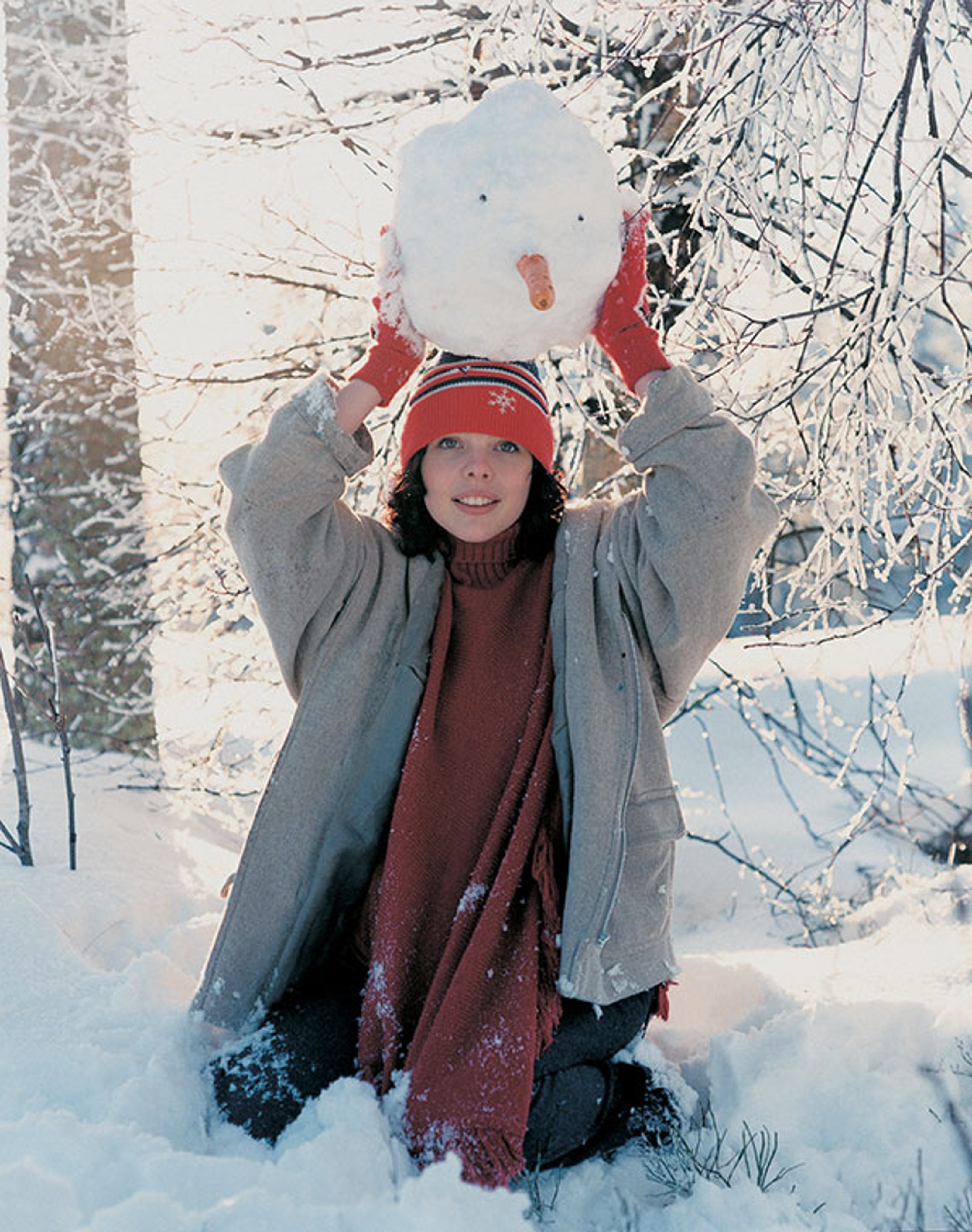
Torbjørn Rødland / White Head, 2000 – Courtesy of Air de Paris & STANDARD (OSLO)
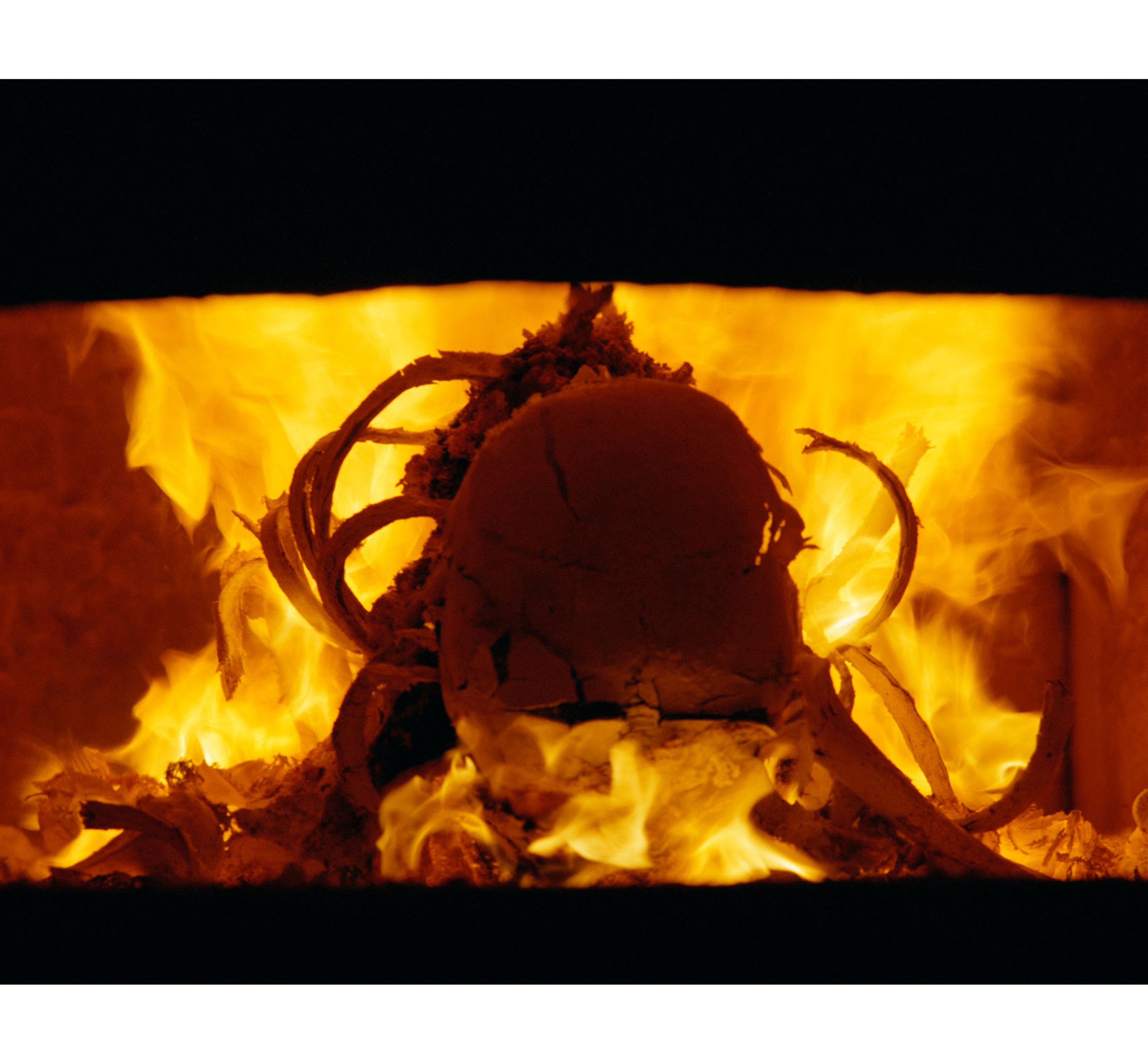
LK: If you would take a self-portrait right now, what would be the first thing you’d want to make sure of before sharing it with the public? Is it important to you that you find yourself—at least to some extent—desirable in such an image?
TR: I think so. The opposite takes no effort. The miracle of photography is linked to making things look good in two dimensions. “Desirable” is maybe not the most precise adjective, since the portrait would need to embody an ambiguity, a doubt. You generally have to find that zone between order and chaos, where things happen.
LK: The notion of youth—its presence, but also its absence—is very much existent in the oeuvre of your work. Is it something you’re particularly challenged by?
TR: Well… my photographic practice grew from teenage melancholia as a way to make my isolation productive and therefore bearable. I’d like to say it has moved on from there, but it still seems to identify with and favor youth to a large degree. The presence and absence of youth… isn’t this something every aging body is dealing with? I’m also very much interested in both cultural and personal evolution; how we move and change over time and through life. I believe it’s important to stay in touch with the healthiest aspects of the younger you, while finding a better balance.
LK: Sure, everyone alive long enough deals with aging eventually. Your work, though, often confronts it with physical arrangement. The way you place bodies in context with each other also supposes a certain presence of vanity. Historically speaking, this subject-matter of a waning body has been more attributed to women. This is not to say men don’t deal with the process of aging similarly; they do, of course. It just generally strikes me how directly you portray the course of life, and this idealization of youth that is also very much present within men. Having dealt so closely with the subject-matter of youth, does it help to deal with the general process of getting older?
TR: It does make a difference. To use a related, but more dramatic example: I’m much more at ease with the idea of cremation after having photographed bodies burning in ovens (the ‘Burning Skull’-series) ten years ago.
LK: Would you like to be cremated?
TR: That I don’t know. I do like a solid tombstone. But approaching the first of the two crematoriums I visited… smoke rising from the chimneys… I was unnerved. After less than an hour in there, however, I was single-handedly moving coffins around and then; observing the ovens and bones burning, I gradually made peace with it all. It was an important experience.
LK: … so far that you made peace with death itself?
TR: Yes, it’s more upsetting when it’s hidden.
LK: What was it like to move around coffins, with strangers inside them?
TR: I get into the zone, you know, where I’m so focused on doing the work that I keep everything that can make me less effective at a distance. But in front of the ovens, there was more waiting time, and that made the difference. I settled in and saw the beauty in the cremation process.
LK: Has your teenage loneliness also made it into your works of now? Or is this subject-matter not at all present anymore?
TR: It resulted from and contributed to my personality – and so it’s still there, but perhaps to a lesser degree as subject matter.
LK: What of your experience of childhood and youth has stayed with you that continuously surfaces in your work?
TR: The sadism of supposed friends. I was hard to break, and therefore a worthy subject.
LK: How do you define innocence?
TR: Low in interpreted experience.
LK: You create images not because you necessarily want to tell a story, but because you’re interested in the story that builds within other people. What has been a significant observation by your audience that you still remember at times?
TR: Oh, I’m grateful whenever specific images stay with people, when they keep mulling them over — either during daytime, or in dreams at night. It’s not so hard for people to feel invited in if the artist pushes on and slightly penetrates familiar surfaces. It’s rewarding when viewers see themselves in the images. A woman who had just lost her father teared up in front of ‘Comb Over.’

Torbjørn Rødland / Comb Over, 2015-2016 – Courtesy of Rodolphe Janssen & Nils Stærk
LK: Living in an age of obsessive self-promotion, do you ever feel like you’re participating in it too? If so, do you mind?
TR: I believe my work also has something to offer an audience that has generally given up on contemporary art. So I try to be moderately visible in certain non-art contexts or platforms. But I feel sick to the stomach if I accidentally violate my sense of integrity. I’m old school in that, I don’t seek to represent a cool brand.
LK: When was the last time you violated your sense of integrity? Or have you never gone this far, not even at the start of your career (which I think is the most vulnerable state to make these types of mistakes)?
TR: I think of magazine collaborations with printed credits that don’t reflect the creative process, but make it seem more collaborative and commercial. But also a few situations when I, as a teenager, tried to sell merchandise. I also spent a few days making pen-and-ink illustrations for an advertising agency in my hometown. We were marketing food for farmed fish. My early career in drawing prepared me for commercial offers I would later get as a photographer. I didn’t want to make similar mistakes.

LK: Unlike other photographers who play with sexual connotations, I don’t see your images as being sexualized. And I think that’s largely because you don’t seem to fetishize the models and objects you portray. At least, the fetishization of things doesn’t seem to linger on as a fixation. There’s a genuine fascination, perhaps that’s the difference.
TR: Oh, I think my images may be falling into the erotic from a different direction than the photographic material you’re comparing to. So much photography has one or more bodies presenting themselves as sexually available to the photographer/viewer. You’ll see me operate with other ideals. You’ll see me complicate it more. And I get bored and a little embarrassed if the only reading that presents itself is sexual.
LK: Embarrassed, how come?
TR: Probably because there’s no lack of photographic material exclusively aiming for eroticism. In short: we don’t need art for that.
LK: Were you ever necessarily conscious of not ‘giving the wrong idea’ when you worked closely together with the models in your images?
TR: Of course, but there’s only so much you can do. Some show up with negative experiences, and I guess they’ve learned that also sweet and respected photographers can be exploitative.
I photographed a young guy who was slightly scarred from doing “breathing exercises” with Bruce Weber. I could sense his relief when we wrapped. Because I hadn’t asked him to lose the underwear? The fact that the word “perverse” constantly pops up on the first page of my google results may cause some concern, I can see that. It’s obviously not ideal being seen as a potential creep. But on my end, you know, I’m focused on getting the photography done. I can’t apologize for my Google results.
LK: I guess that’s society — men who deal with erotic discourse will be ‘the creeps,’ and women will have some type of ‘daddy issues.’ Yet, I find people who openly address their ‘perversity’ (which can go into many different directions, not just concerning sex) are actually the ones who seem sanest. Intentional silence is what genuinely disturbs me, something is necessarily hidden.
TR: This is what Jung referred to as embracing your shadow. Extreme heavy metal has the kindest musicians, and so on.
LK: Are you still nervous whenever you ask someone to pose for you, or has it gotten better over the years?
TR: It’s still not easy, but it’s gotten much better. As long as I’m OK with a rejection, there’s nothing to fear.
LK: You once said in another interview, “People are desperate to be moved.” Do you include yourself in that demographic? Do you want to move people with your work?
TR: I do include myself, but it’s still more important for my images to be statements, questions and challenges than to move viewers. I see the photographs also as tools for connection and reflection. Pop culture does a better job if an emotional response is your main goal. Still: artworks can ask: “Can this also be high art now?,” or “Can you also be moved by me?”
LK: But don’t you think an emotional response is the catalyst for all forthcoming questions and challenges?
TR: Tell that to Lawrence Weiner.
LK: As I was reading your response this morning, I had a book of poems next to me which I hadn’t touched in years. While taking a look at the book, a Lawrence Weiner postcard suddenly fell onto the ground, which I had bought at Dia: Beacon around 2008. I paused for a while, gazing at the postcard in my hand. I was, and still am, moved by the coincidence, and maybe it’s an example of how humans desperately want to be moved… actively waiting for it happen when the right situation seems to emerge; like this forgotten postcard.
TR: Synchronicity at its finest!
LK: Another time you spoke about social media and how there’s no human content anymore if everything is constructed. Considering you also stage the situations that take place in your images, how do you relate your work to this notion of an abating human quality?
TR: Hmm, I think I was pointing to the shortcomings of conceptual photography in today’s climate. There’s no lack of human content out there! It’s also important to me to stress that the work of, say, Nan Goldin isn’t less human after you realize how constructed it is. A photograph has to be organized. That’s even integrated in the so-called taking.
LK: What is truth for you? Does truth actually exist?
TR: Well, as an artist — not a scientist — the job is to present my questions and my truth, trusting that it reflects the time we live in and also rings true to others. Because documentary photography doesn’t cut it anymore and postmodern photography can’t present a positive model of reality, I’ve found myself pushing into seemingly inauthentic expressions of the authentic; kind of like the song “Honestly Sincere” from the early 60s Broadway show “Bye Bye Birdie.” It’s a desperate act and a wild experiment: looking for meaning and truth under a silly-looking hat.
If you have a conscience mind, you instinctively know when you’re lying. Not telling the truth through art was a freeing act for Bruce Nauman and his generation. It was an undermining of old, moralistic and oppressive structures. Now that pluralistic world-views are dominating, lies aren’t productive anymore. Truth-telling is a better form of rebellion.
LK: What’s been the most truthful work you’ve made?
TR: I wish I could answer that. It’s an impossible question.
LK: What’s a question you’d like to be asked, but no one has asked you?
TR: “Would you be interested in photographing my owl?”
LK: What’s the best compliment you’ve ever gotten?
TR: Should I be able to repeat a huge compliment and make it sound like I’m not bragging?
LK: Depends on the compliment. Do you ever feel constrained in exploring certain notions merely because you participate in society?
TR: All the time. And that’s a good thing.
LK: A good thing, because…?
TR: It keeps me from sliding into fantasy art. It keeps my photography grounded in the social, in the real – and it needs that. It also keeps me hungry. There are places I haven’t been able to go yet, images I haven’t been able to make.
LK: A quote of yours that seems suitable right now: “The world is here to be looked at. Not to live in.” I like that sentiment, a lot. It applies well to our Instagram generation. Do you think you yourself could be better at living?
TR: Definitely. It’s an ongoing area of improvement for my personality type.
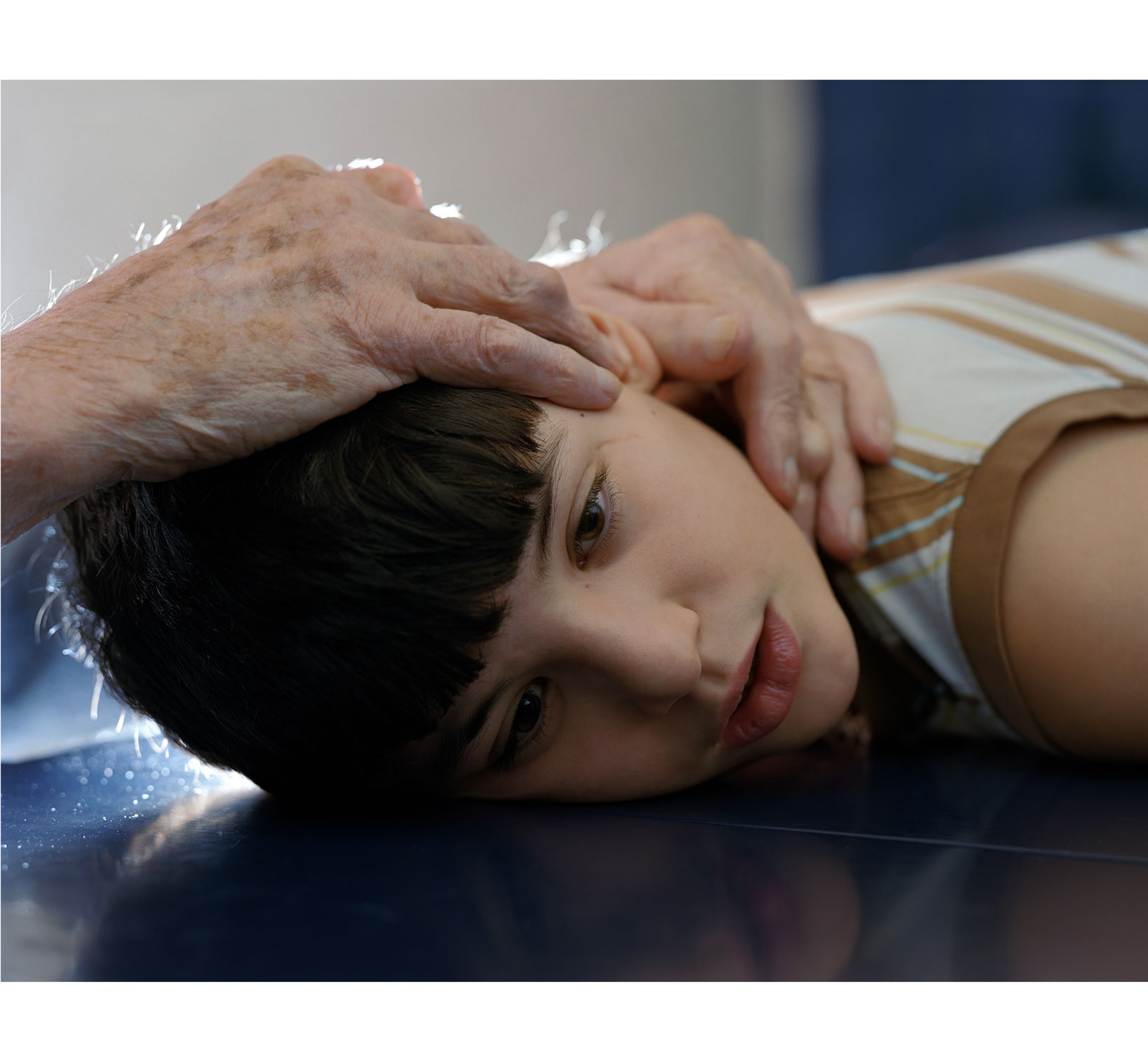
LK: Where does human vulnerability take place the most: eyes or hands?
TR: Eyes.
LK: What eyes do you often remember?
TR: Eyes that roll up under their lids.
LK: Where do you become more aware of your role as a photographer: when you capture people or nature?
TR: I don’t shoot and I don’t capture, but the answer is either. Slightly different roles with equal levels of awareness.
LK: At what point does an image turn into art?
TR: Famously, there are different ways. 1) When it’s touched by an artist. 2) When it’s touched by the art institution. 3) When, objectively, it outperforms its expectations and takes on a wider cultural significance. All three models are useful and correct.
LK: Do you think an artist needs to intentionally want to make art? Or, merely by definition, does the artist create art all the time? Let’s use Instagram as an example. In your case, as a photographer, are your images only ever then art when they exist according to your practice’s traditional form — namely exhibitions, and print? Or, do your sort of ‘personalized’ images on Instagram also become part of your artistic practice?
TR: Intentions are important! If the books are LPs and the exhibitions are concerts, then my Insta-feed is a well-oiled ice cream truck.
LK: A higher state of awareness matters to you. What would you like to be more aware about?
TR: My place in reality. That I cannot hide from it. That I don’t have to show up for it. That I can create it. How I can create it.
LK: What was the most interesting thing about photographing Paris Hilton?
TR: The extended and newfound triumph of the photographic image that she represents. She’s also unusually photogenic.
LK: In what ways do you identity with this quote by Robert Filliou: “Art is what makes life more interesting than art.”
TR: I enjoy a complex or paradoxical line of reasoning. What he’s saying is that if art didn’t exist it would be… more interesting than life? I don’t know who can identify with or support that claim.
LK: Isn’t he basically saying (real) art has the potential to understand/decipher life?
TR: Ok, I’ll try to not be so difficult. I do, of course, agree with this.
LK: What’s the last thing you learned about life by making art?
TR: The last thing? … Trying too hard is unattractive. It leads to unattractive results.
LK: What contemporary mythology are you currently drawn to/fascinated by?
TR: A girl trapped in a boy’s body.
End.
Conversation with Lara Konrad for Collecteurs